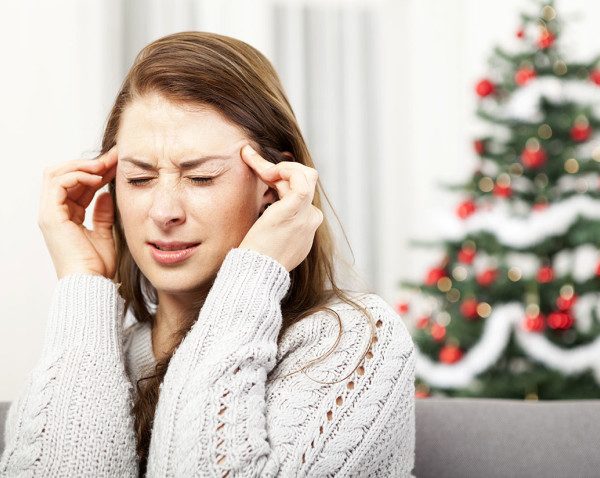Opiate abuse can lead to physical health complications, tolerance, dependence and addiction that is difficult to treat, difficult to overcome and equally difficult to detox from. In cases where opiate dependence becomes so severe that the user experiences extreme physical opiate withdrawal symptoms, there is a need for safe, effective opiate detox that doesn’t pose potential risks and dangers to the user. Without a safe method of opiate detox, the user could face uncomfortable and potentially fatal side effects during this difficult time.
The safest method of opiate detox is to stay in close contact with a medical professional, preferably in a hospital or inpatient opiate addiction treatment facility so that any and all side effects that occur during the early phases of opiate withdrawal can be treated. If you or a loved one is addicted to opiates and needs help, follow these steps to ensure a safe and effective opiate detox with minimal chance of relapse and minimal risk to the user:
1. Seek Medical Help

Opiate detox should be done under medical supervision.
Do NOT attempt to detox at home alone! If you are trying to stop using opiates and are feeling opiate withdrawal symptoms, seek medical help immediately to ensure your own safety. Medical care is available to ease the process of opiate withdrawal and to ensure the safety of the patient during detox.
Medications can be provided to help alleviate many of the symptoms of withdrawal and to help ease the cravings or urges that come to go back to previous drug abuse behaviors. In the event that serious side effects associated with the detoxification process do occur, a medical facility will have the means to provide immediate treatment to keep the patient in good health.
2. Consider Inpatient Treatment Unless Addiction is Mild
If you are addicted to opiates and the addiction is moderate to severe, if you’ve tried to quit using opiates in the past and failed or if you’ve suffered adverse reactions during opiate detox in the past—you should seek inpatient treatment to ensure a safe opiate detox. Inpatient treatment will provide around-the-clock medical care and trained professionals who know how to spot the danger signs or potential hazards will be with you every step of the way.
3. Know Your Meds
Many medications are available to assist in the effective treatment of opiate addiction and to provide a safe opiate detox. Knowing what medications are available and how each works can help you during the most difficult stages of detox. There are a wide range of medications that can be used to control cravings, stop withdrawals or ease other symptoms. Talking with your doctor or treatment provider upfront about these medications can make the entire process go more smoothly and more safely.
4. Have an Advocate
It may be your best friend, your spouse, your parent or another family member—most importantly, you need an advocate to speak up for you in the event that you cannot. Opiate detox can be dangerous, it may get ugly and there may be a point in which you cannot speak or cannot actively think on an appropriate level about your treatment. If this should occur, you must have an advocate who knows what you want and how to speak up for you—this will ensure that you get the best treatment and care that is really right for you.
5. Keep it Safe
Finally, the most important thing to remember when you go into a scenario of opiate detox is to keep it safe. Don’t go about it alone, don’t attempt opiate detox without medical care, don’t try to quit cold turkey and make sure that if you do quit, someone knows about your addiction and your desire to quit. Keeping yourself aware of the potential hazards associated with opiate withdrawal can also help you to stay safe during opiate detox.









